Healthy seabird populations are a reflection of a healthy environment – our environment. But they also have a large effect on local economies. According to studies conducted by Dr. Charles Colgan from the University of Southern Maine, in Maine alone, 120 companies provided services involving seabird viewing as a recreational activity. An estimated 5,000 to 7,500 trips are made annually primarily for seabird viewing and 350,000 to 450,000 trips with seabird viewing as a secondary activity. The total estimate was $5 million to $10 million in seabird-related tourism, not counting the brisk trade in puffin paraphernalia!
What Do Seabirds Mean for Maine?
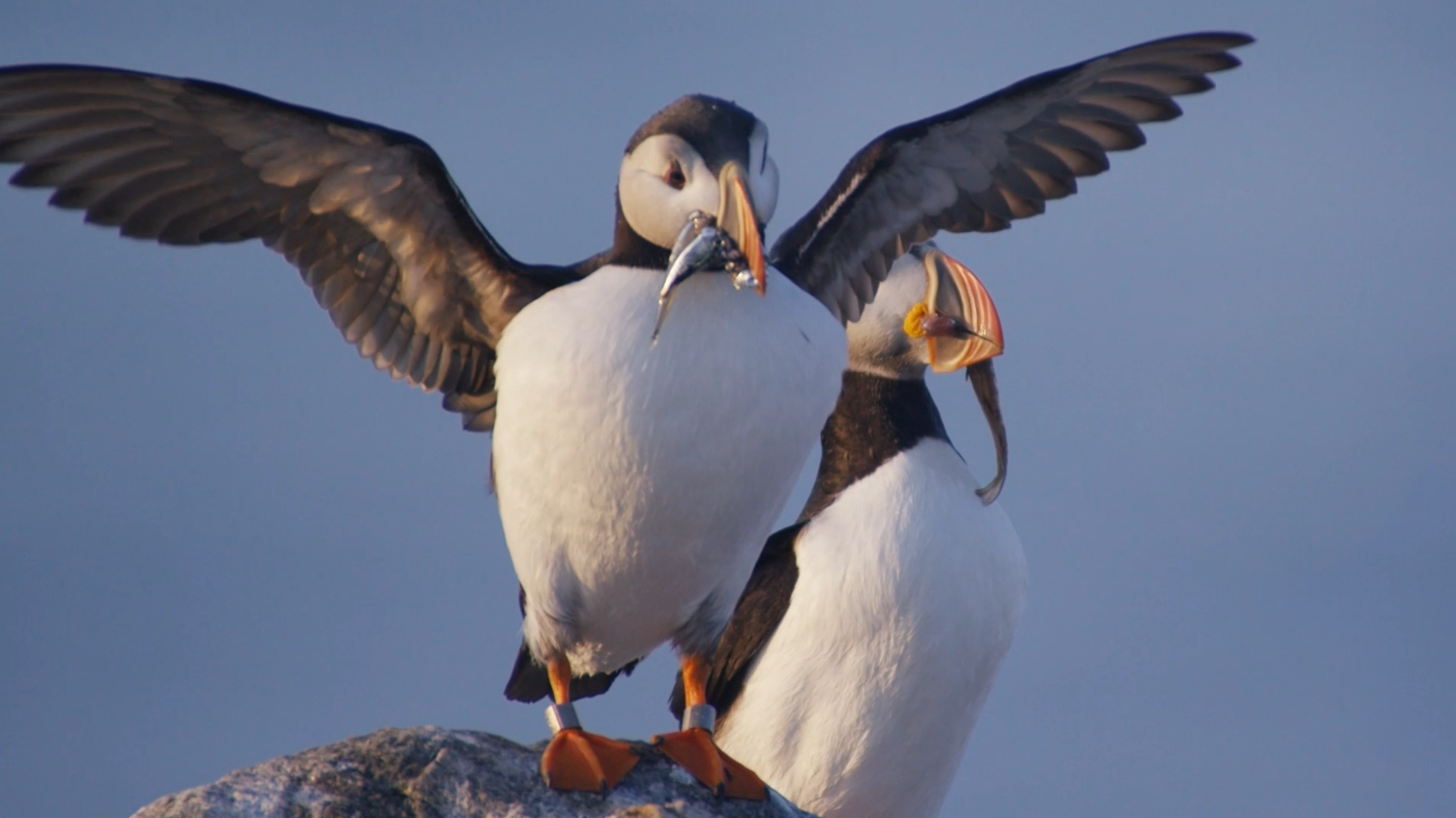
Why are the Islands So Important?
Most seabirds spend much of their lives on the ocean, returning to land only once a year to nest. Maine’s coastal islands provide nesting places for a diverse assemblage of seabirds, including terns (arctic, common and the endangered roseate), Atlantic puffins, black guillemots, razorbills, cormorants (double-crested and great), Leach’s storm-petrels, and gulls (herring, great black-backed and laughing). The common eider, a species of duck which is not normally thought of as a seabird, is often included when discussing seabirds in Maine because they also nest on the offshore islands and depend upon the ocean for food. Seabird survival depends on suitable nesting habitat. Of the 4,600 coastal islands in Maine, 294 have been designated by the U.S. Fish and Wildlife Service as nationally significant seabird nesting islands. Thanks to the hard work of private groups such as the Nature Conservancy and the Maine Coast Heritage Trust and others, conservation-minded individuals, and agencies such as the Fish and Wildlife Service, Maine Department of Inland Fisheries and Wildlife and Maine Department of Conservation, there is some form of federal, state, or private protection for 169 of these nesting islands. But the remaining 125 islands are under increasing pressure from coastal development and recreational uses.
By supporting these groups and agencies who work to protect seabird nesting habitat, Friends of Maine Coastal Islands helps ensure the future of healthy seabird populations on the coast of Maine .
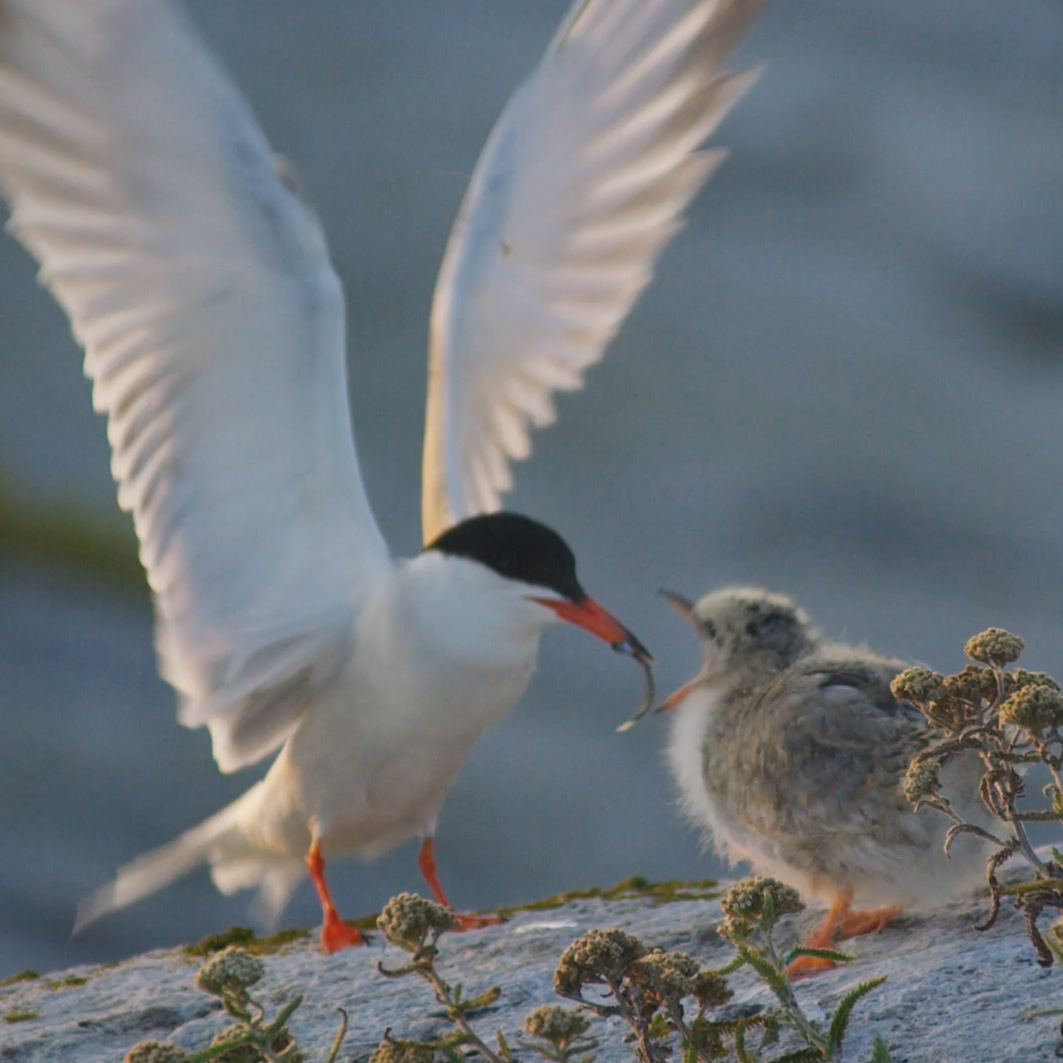
History and Seabird Conservation
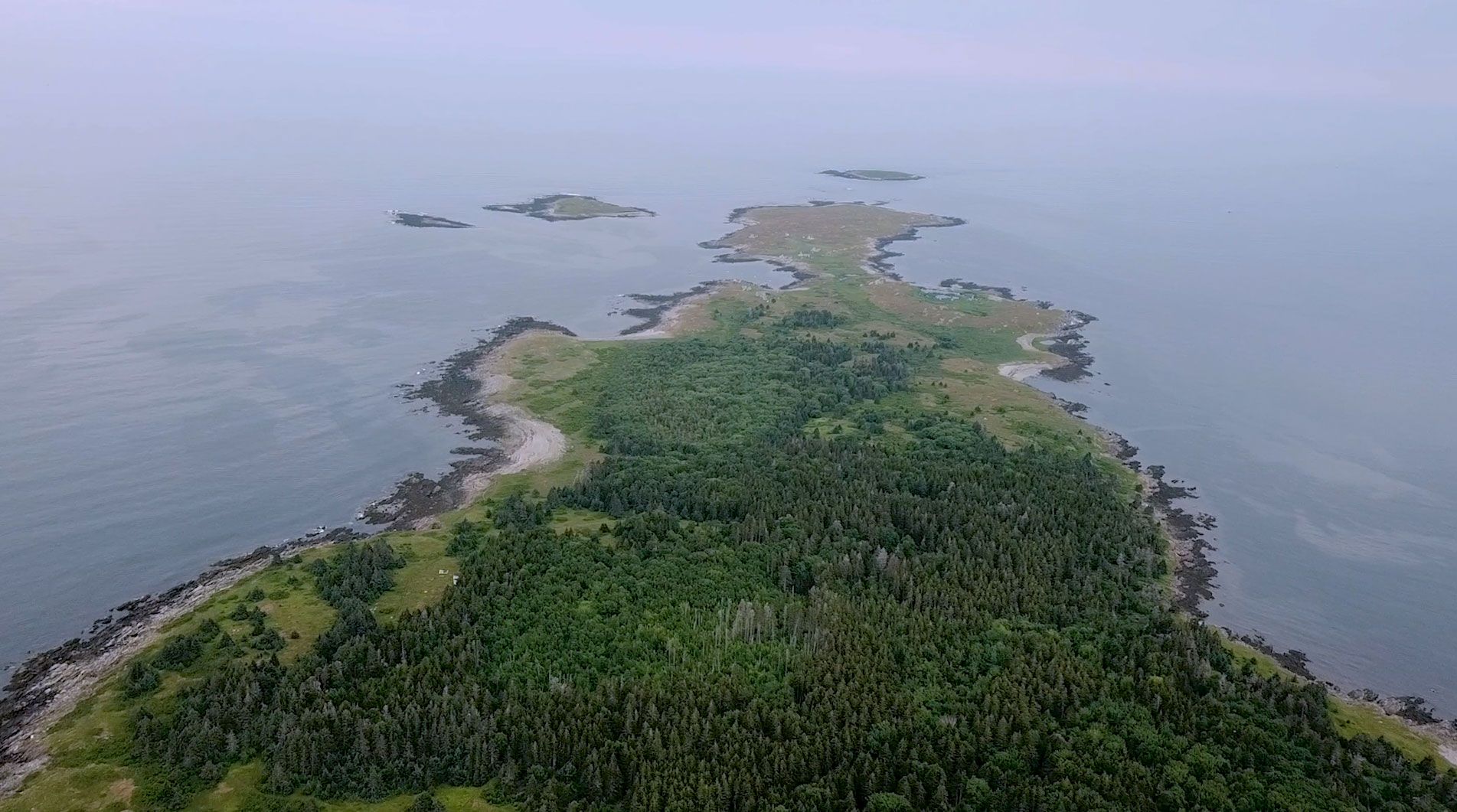
Seabirds have relied on Maine‘s coastal islands as places for laying eggs and raising their young for thousands of years. Generally, the islands used by seabirds are small, treeless, rocky islands that provide a place free from mammalian predators such as fox, mink and raccoon. Flying distance from the mainland often discourages avian predators such as great horned owls and peregrine falcons. The cold waters surrounding the islands hold an abundant supply of fish and invertebrates for seabirds to eat.
Americans Indians used the coast’s natural resources for more than 5,000 years. Both pre-Algonquian cultures (“Red Paint People”) and more recent Indian cultures were seafaring people, camping on offshore islands in the summer and fishing the adjacent bountiful ocean waters. Although they hunted seabirds and their eggs, the abundance of seabirds, as well as other food resources (such as fish, shellfish, waterfowl, seals and land mammals such as deer, moose and caribou) meant that no one species was over-harvested.
Europeans began settling the islands in the 1600s. As cities grew, coastal inhabitants turned to the rich fish stocks and bird colonies to feed the city dwellers. Seabirds, shorebirds and waterfowl were taken in any way possible, salted down, and shipped in barrels to market. Fishermen spread fishnets over nesting burrows to capture adults and fledglings; market gunners killed birds by the thousand during migration.
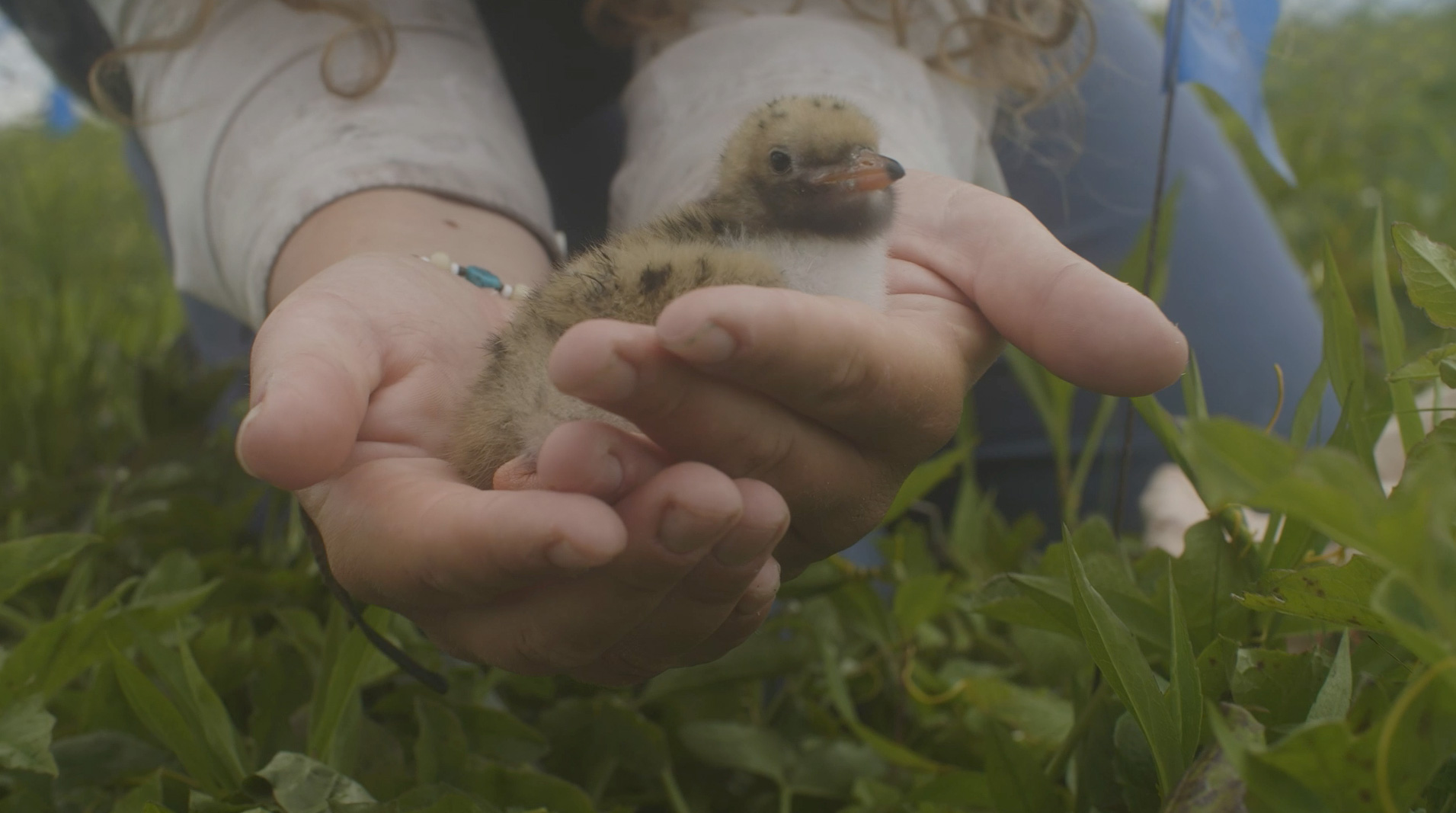
However, not all islands were plundered of their nesting seabirds.. Many of the lighthouse keepers on offshore islands actually protected certain species, especially terns and puffins. Why? They harvested their eggs, too, preserving them in isinglass for the winter. Since they valued the eggs as an annual protein source, they sustainably harvested them, ensuring a constant supply for the following year.
They favored terns and puffins over gulls for one reason: gulls tend to roost on buildings, and the lightkeepers depended on their roofs to collect freshwater for household use. Gulls defecating on the roofs contaminated their freshwater supply, so the gulls were chased away or killed.
Offshore lightkeepers led a subsistence lifestyle because they couldn’t depend on boats to bring food during the winter. Landing on Matinicus Rock, for example, is dangerous more often than not. They were also paid very little and, thus, they depended on local food sources on the islands, such as the previously mentioned harvesting, to get them through the year. For terns and puffins on lighthouse islands, this relationship was beneficial, considering that many other islands experienced unregulated harvest.
In the late 1800s, the fashion industry posed an additional threat to the birds’ existence. High fashion dictated that women’s hats be decorated with feathers. Plumes, wings, and even dried bird heads perched atop the large hats. Egrets, herons, and terns were especially popular and, therefore, were the species most harmed by the trend. At the start of the 20th Century, most seabirds in the Gulf of Maine were on the brink of extirpation. Only a few puffins, terns and gulls remained.
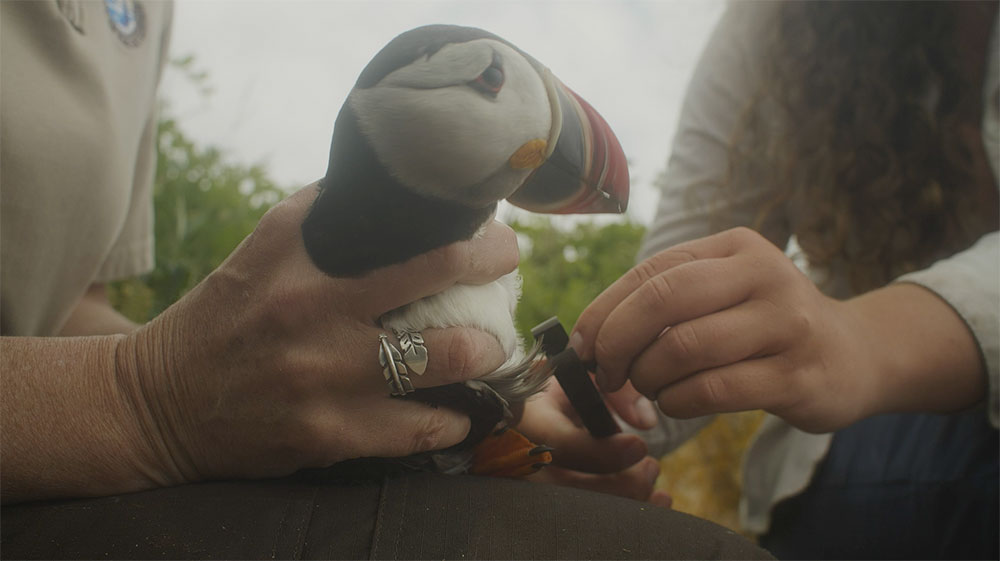
Concern for the future of all birds led to the passing of the Migratory Bird Treaty Act in 1918. The Act protects migratory birds, their nests, and their eggs. At about the same time, trains and automobiles replaced boats as preferred forms of transportation. People relocated to the mainland, easing pressure on seabird habitat. Some seabird species, nearly eradicated in Maine by the end of the 19th century, recovered dramatically. Common and arctic tern populations, for example, rebounded, reaching a high of almost 16,000 pairs along the Maine coast in 1931.
Many threats remain. Continuing loss of nesting habitat, increasing nesting and habitat disturbance from recreational activities, growing coastal real estate development pressure, and competition from expanding gull populations all cause stress on seabird populations.
In fact, some seabird species nesting in Maine are no longer able to survive without direct human intervention. Biologists have been working since the mid-1970s to reintroduce and restore terns and puffins to former nesting islands along the Maine coast. Their successful efforts have also benefited nesting populations of laughing gulls, black guillemots, razorbills, Leach’s storm petrels and common eiders.
Ultimately, stewardship of natural resources is a community responsibility. The Friends of Maine Coastal Islands National Wildlife Refuge is dedicated to telling Maine’s one million residents and six million coastal visitors about the needs of the seabirds.
